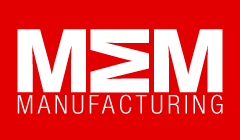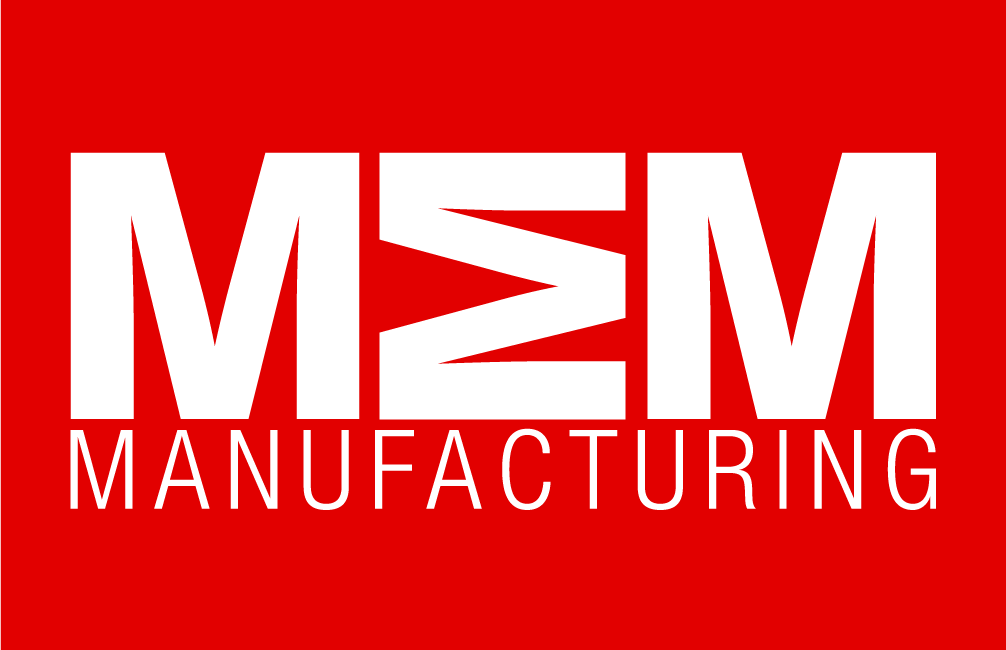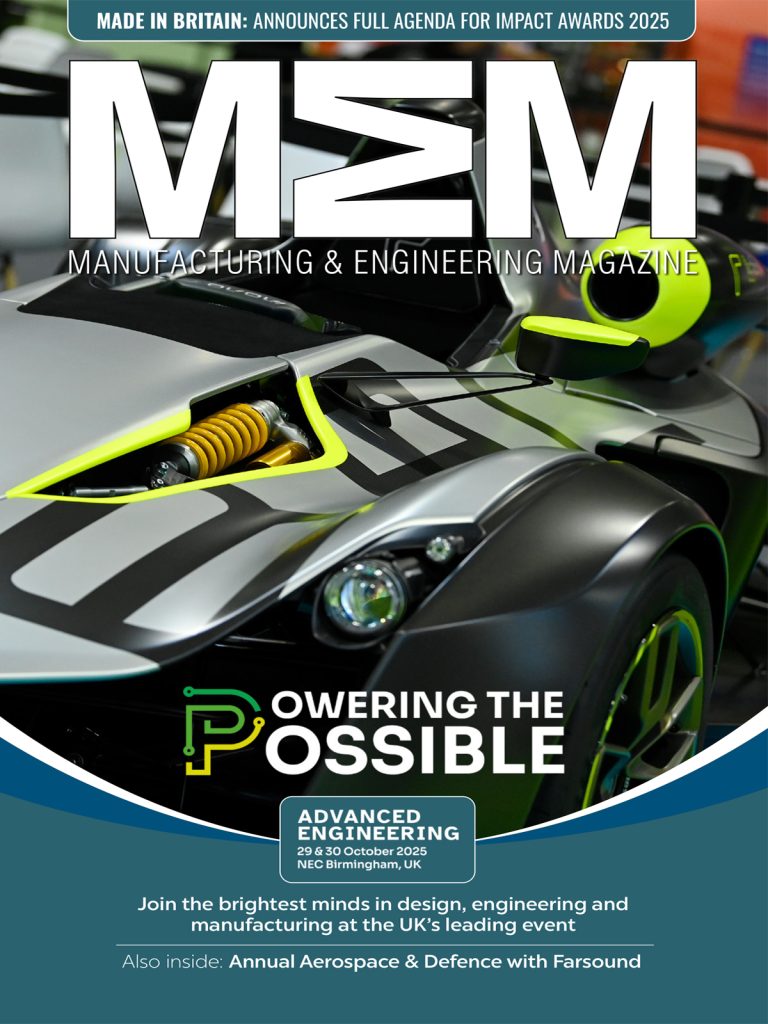Project Aims to Expand Range of Materials for 3D Printing : The range of materials used in 3D printing could be expanded dramatically by a UK project aiming to create a library of new formulations.
Researchers at Nottingham University, led by Prof Ricky Wildman, have been awarded a £3.5m grant by EPSRC to investigate the formulation of new 3D printing materials. As part of the project, they will also establish a series of libraries listing the combinations of materials that could be used by industry in different printing techniques.
The project, one of seven EPSRC-funded research efforts investigating complex formulation processes, will attempt to expand the use of 3D printing within industry, according to Wildman.
It is all about widening the portfolio of materials and making it easier for people to use 3D printing, he said.
The materials available for use in 3D printing are quite limited, and are often restricted to a particular additive manufacturing technique, said Wildman. If you want a certain material, then you have to use a particular 3D printing process, he said.
The researchers now hope to break this link between process and materials.
The team are working with Morgan Alexander in the universityâs School of Pharmacy, to apply a high-throughput biomaterials screening technology he has developed to the study of potential materials suitable for ink-jet printing.
Materials used in ink-jet printing have particular requirements on their viscosity and surface tension, so the team needed a way to rapidly test the physical properties of different formulations.
The screening technique rapidly prints an array of materials onto a surface. These materials can then be subjected to a range of physical tests, such as atomic-force microscopy, for example, to characterise their mechanical properties.
This should make the process much faster than the existing technique of printing out an object in each new material and testing them individually, he said.
We will very quickly be able to get a snapshot of whether the material is printable and what its properties are, many hundreds of times faster, he said.
The team plan to investigate the formulation of materials for ink-jet printing, paste extrusion and hot melt extrusion (HME) techniques. They will then produce a library of materials for each of these techniques.
Essentially industry will then be able to come along and select the most appropriate formulation for their given purpose, said Wildman.
Manufacturing & Engineering Magazine | The Home of Manufacturing Industry News















